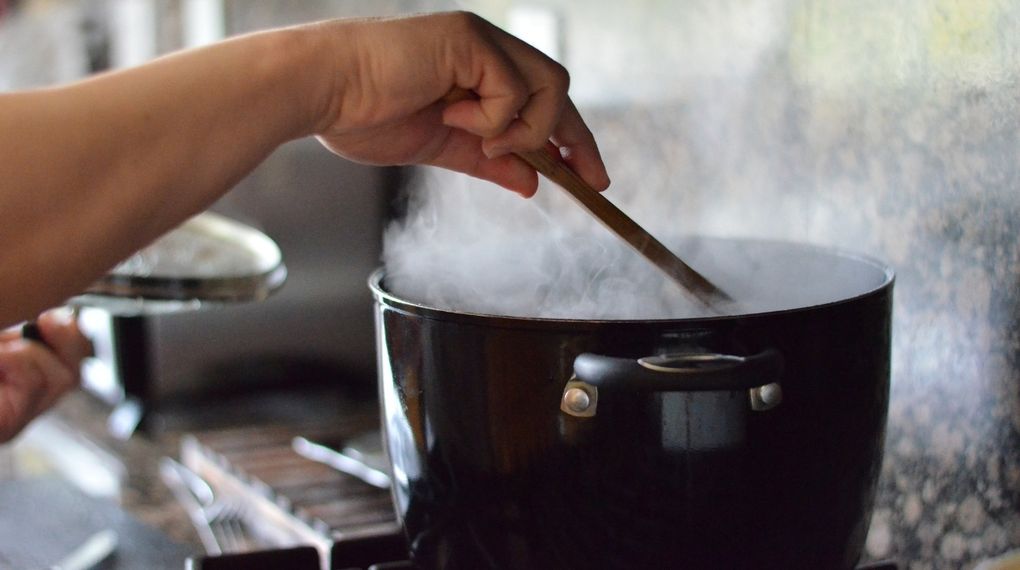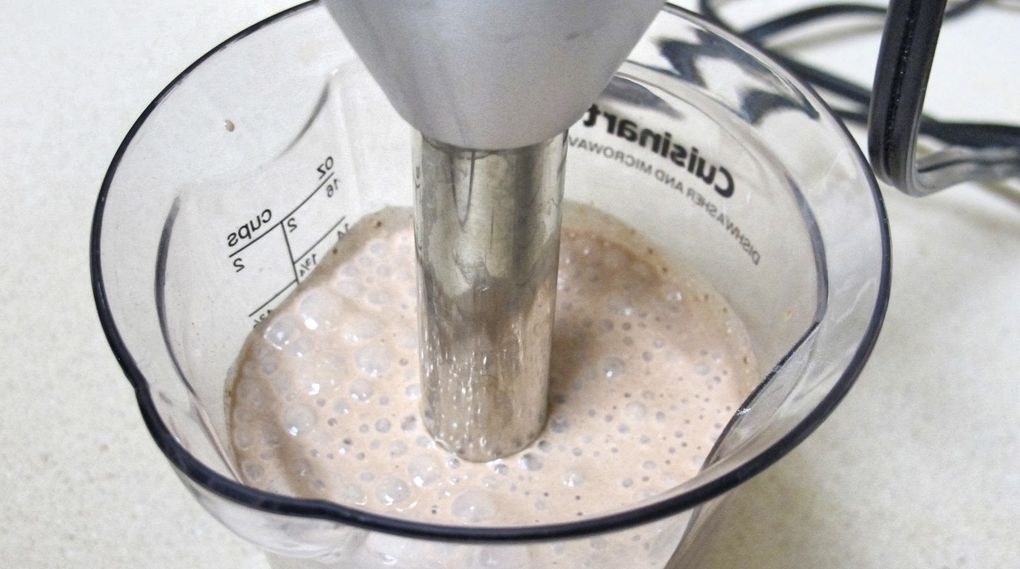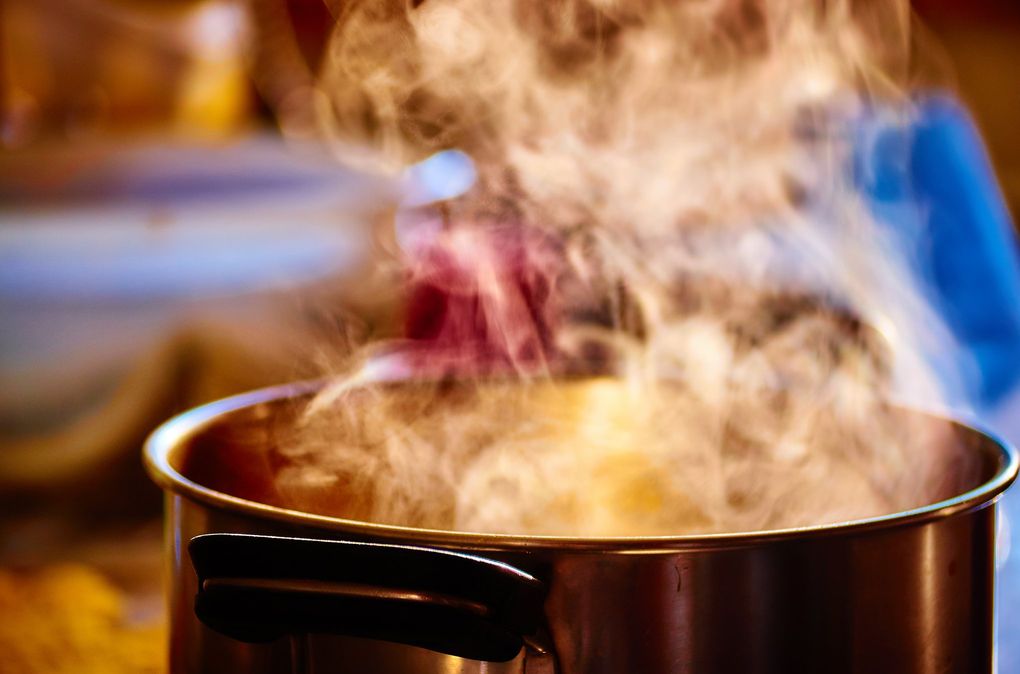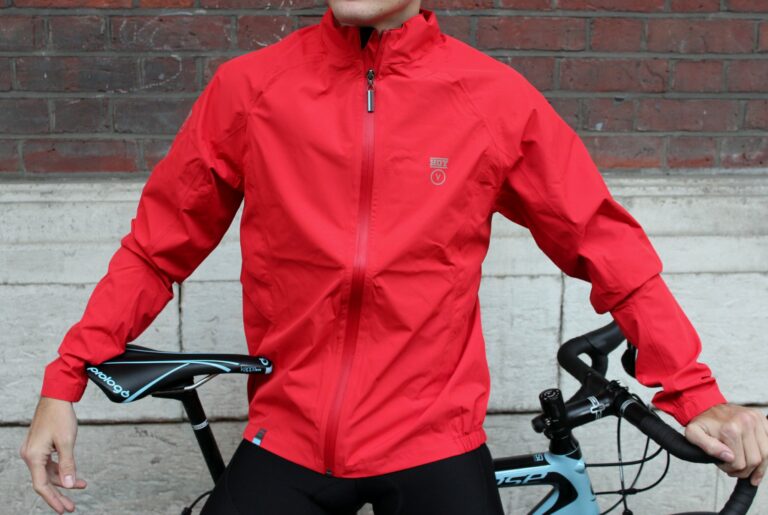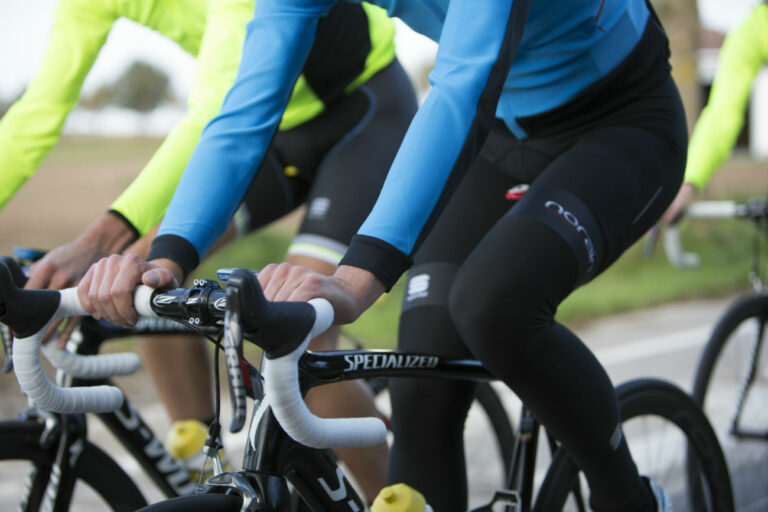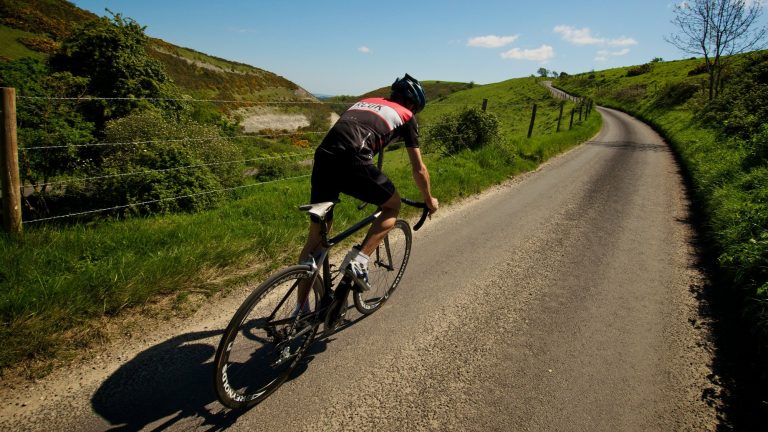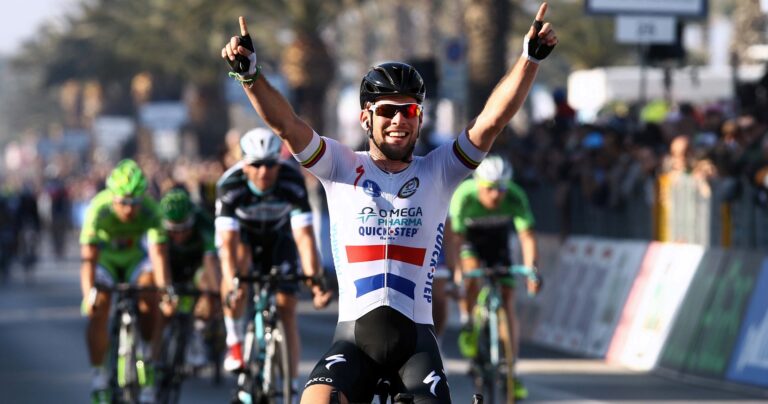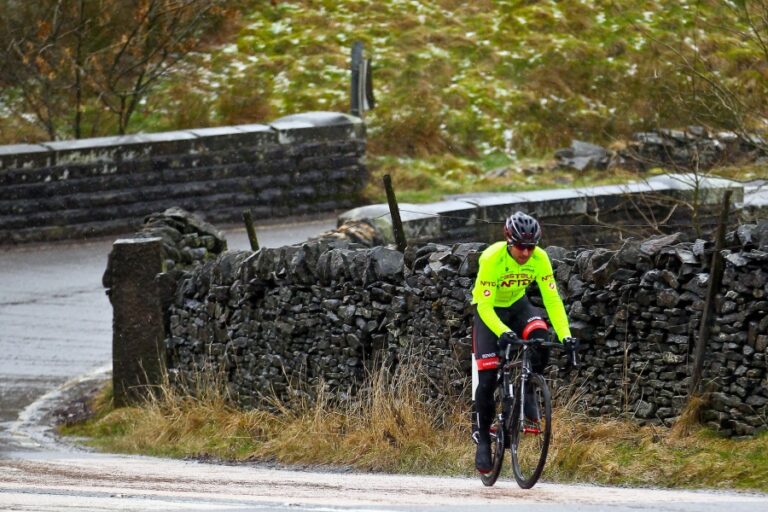Eating correctly is a vital part of getting into shape for cycling and when you’re a professional cyclist nutrition is a key component of life.
While we’d all love to be lean, mean racing machines, the reality of life, work and family commitments can hamper those ambitions, but, according to Tinkoff-Saxo team chef Hannah Grant, there are plenty of nutrition lessons you can learn from the pros to improve your performance on the bike.
Grant has been a chef for Tinkoff-Saxo since 2011, travelling with the team to races to take care of every nutritional requirement, cooking daily meals for the likes of multiple Grand Tour winner Alberto Contador and newly-crowned world champion Peter Sagan in that time.
What can you learn from the pros and how they fuel for a non-stop training and racing schedule? We caught up with Grant, who is also the author of the Grand Tour Cookbook, to find out how to fuel you ride like a WorldTour professional.
It all starts with breakfast
Breakfast, they say, is the most important meal of the day, not least when preparing for a long day in the saddle, and for a professional cyclist that often means going big on protein and carbs.
The most common way to get protein into your diet, Grant says, is through eggs while a warm, carbohydrate-based meal is also served for Tinkoff-Saxo riders as they start the day.




